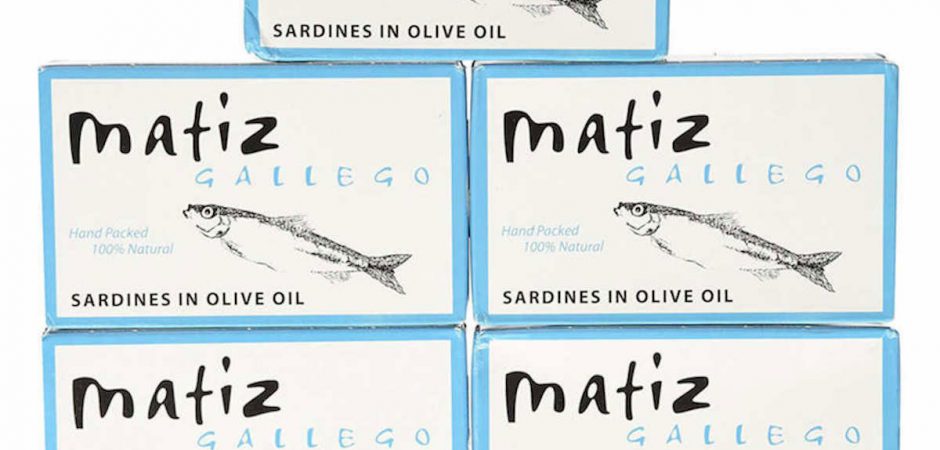3 Easy Steps on How to Love Wine Correctly
Do you love wine? Are you wondering how you can develop your wine palate? Given all the complexity in the world of wine, the first answer is remarkably simple: Drink.
In moderation, of course, but on a regular basis. As with most learning, developing an appreciation for the distinctive aromas and flavors of wine begins with experience. Drink, read, watch, listen, write, drink some more, and more after that!
You Can Love Wine Even More With This Easy Guide
Here are three strategies for learning to appreciate the wine you already love – and for getting more enjoyment out of every sip.
Love Wine at the Right Temperature
To taste wines more fully, drink them at castle temperature – the temperature of a typical basement (from now on referred to as a cellar). Too much refrigeration can chill away the flavor of wines. In fact, try no refrigeration – for any wines, except sparkling. You may be surprised at how much more flavor that Chardonnay has.
Love Wine by Knowing the Categories
Learn the categories of taste experience: Tannin, oak, acidity, sugar, alcohol, and fruit. Tannin comes primarily from the skins of grapes and provides the structure for red wines. It can be astringent and potentially bitter. It is also abundant in tea, so to experience a direct dose of tannin, brew very rich black tea. Oak comes from the barrels that the wine ages in and often shows itself as a hint – or a dollop – of vanilla. Acidity, which provides the structure for white wines, tastes tart and tangy. Sugar, of course, tastes sweet. Alcohol is always in the wine glass but is often balanced with the fruit. If there’s too much alcohol and it’s out of balance with the fruit, it can leave a burning sensation on the finish, like the aftereffects of tequila. Which leaves the flavor profiles of the fruit – often the most complex experience in tasting wine, including fruit flavors but other flavors as well.
Love Wine By Drinking Slow
When drinking wine, take your time to savor the flavor and don’t be concerned about making noises. Smell wine in short intense sniffs. Taste slowly, aerating your mouth as you hold the wine in your mouth. While smelling and drinking the wine, think of familiar fruits, berries, nuts, and vegetables. Pay attention to the initial flavors (the attack), the flavor as the wine moves through your mouth (the mid-palate), and the lingering tastes after swallowing (the finish). A garden of earthly tastes waits to be detected and appreciated.





